
La scelta tra carving skis e twin tips dipende dal tuo stile di sci e dal terreno che ami. I carving skis sono progettati per velocità e precisione su piste battute, mentre i twin tips sono pensati per mosse freestyle e trick nei parchi. Se sei un principiante o vuoi qualcosa di portatile e divertente, Snowfeet* offre un'opzione compatta che funziona con normali scarponi invernali. Ecco una rapida panoramica:
- Carving Skis: Ideali per discese fluide, curve strette e controllo ad alta velocità. Non adatti per trick o neve profonda.
- Twin Tips: Perfetti per lo sci freestyle, lo sci all'indietro e terreni misti. Meno stabili ad alte velocità.
- Snowfeet*: Un'opzione leggera ed economica per divertirsi casualmente su vari terreni.
| Caratteristica | Sci da carving | Sci Twin-Tip | Snowfeet* |
|---|---|---|---|
| Terreno migliore | Piste battute | Parchi, neve mista | Piste battute, parchi, sentieri |
| Flessibilità | Rigido | Più morbido | Moderato |
| Stabilità alla velocità | Eccellente | Discreto | Moderato |
| Portabilità | Ingombrante | Ingombrante | Si infila nello zaino |
| Costo | $$$ | $$$ | $$$ |
Vuoi precisione? Scegli gli sci carving. Ami il freestyle? I twin tips sono la tua scelta. Cerchi qualcosa di facile e divertente? Snowfeet* potrebbe sorprenderti. :)
3 tipi di sci per 3 tipi di sciatore
Cosa sono gli sci carving?
Gli sci carving sono tutto precisione. Sono progettati per fare curve fluide e decise su piste battute, offrendo controllo e presa sul bordo senza pari. Se ti piace restare su pendii ben mantenuti e ami la sensazione di curve pulite e arcuate, gli sci carving sono il tuo migliore amico.
Il nome dice tutto. Quando intagli una curva, il tuo sci rimane sullo spigolo per tutto il movimento, tagliando la neve senza slittare. Laurie Todd, istruttrice CSIA Livello 4, lo spiega perfettamente:
"Una curva intagliata è quando lo sci viene piegato contro il suo camber naturale in un arco, e quella forma ad arco guida gli sci lungo un percorso curvo... Quando si carving, la coda dello sci segue lo stesso percorso della punta; significa quasi nessuna resistenza dalla neve, e lascia una traccia pulita come una linea di matita sulla superficie della pista."
Questa tecnica permette un controllo preciso, poiché lo sci segue naturalmente l'arco che imposti. Scopriamo cosa rende gli sci carving così efficaci in questo.
Caratteristiche degli sci carving
Gli sci carving hanno diverse caratteristiche distintive che li rendono maestri delle curve di precisione:
- Sidecut a Clessidra: Questa forma pronunciata aiuta a iniziare le curve senza sforzo e crea quei percorsi puliti e arcuati che gli sciatori amano.
-
Larghezza Stretta al Centro: La maggior parte degli sci carving ha una larghezza al centro tra 65–80 mm, con molti modelli europei sottili come 60–70 mm. Questo design stretto permette transizioni rapidissime da un bordo all'altro. Come dice l'istruttore LiquidFeet:
"Una grande differenza è quanto tempo ci vuole per mettere lo sci in spigolo. Sci più stretti si inclinano più velocemente e con meno movimento del corpo. Quindi, se il tuo obiettivo è imparare a inclinare gli sci e lasciarli fare il loro lavoro, stretto è meglio."
- Costruzione Rigida: Questi sci spesso presentano nuclei in legno pesante rinforzati con strati di metallo, fornendo la stabilità necessaria per prestazioni ad alta velocità.
- Camber Tradizionale: La maggior parte degli sci carving mantiene un profilo classico con poco o nessun rocker, garantendo il massimo contatto del bordo con la neve.
- Raggio di Curvatura Corto: Con un raggio tipico di 13–17 metri, gli sci carving eccellono in curve medie e corte, offrendoti una precisione incredibile.
Terreno ideale per gli sci carving
Gli sci carving brillano sulla neve battuta e dura. Immagina piste lisce a costine, pendii ghiacciati o qualsiasi pista ben mantenuta - è qui che eccellono. La loro stabilità e la risposta rapida da un bordo all'altro li rendono ideali per lo sci ad alta velocità su queste superfici.
Tuttavia, non sono così versatili fuori pista. Neve profonda o condizioni di neve mista non sono il loro punto forte, quindi se ti avventuri nel backcountry o su terreni variabili, vorrai un tipo di sci diverso.
Marchi Popolari di Sci Carving
Quando si tratta di sci carving, pochi marchi guidano costantemente la classifica:
- Rossignol: Conosciuta per combinare tecnologia da gara con incredibili prestazioni in pista.
- Atomic: Famosa per i suoi design rinforzati con metallo che offrono stabilità e tenuta di spigolo senza pari.
- Head: L'ingegneria austriaca incontra la versatilità, offrendo modelli che soddisfano una vasta gamma di sciatori.
- Elan: L'artigianato sloveno brilla qui, bilanciando alte prestazioni con un ottimo rapporto qualità-prezzo.
Questi marchi hanno trascorso decenni a perfezionare sci che offrono velocità, precisione e controllo per chi ama incidere le piste battute.
Cosa Sono gli Sci Twin-Tip?
Gli sci twin-tip si distaccano dal design tradizionale degli sci. A differenza degli sci carving, che hanno una punta anteriore curva e una coda piatta, i twin-tip presentano punte e code rialzate su entrambe le estremità. Questo design simmetrico, che ha guadagnato popolarità negli anni '90, ha rivoluzionato lo sci freestyle e ha persino influenzato il modo in cui le stazioni sciistiche costruiscono i terrain park per supportare salti e trick. Immaginali come l'equivalente sulla neve di uno skateboard - costruiti per creatività e acrobazie, non solo per sciare dritto.
Grazie alla loro forma unica, gli sci twin-tip ti permettono di sciare in entrambe le direzioni senza sforzo. Puoi decollare in avanti, atterrare all'indietro e continuare come se nulla fosse. Questa flessibilità li ha resi i preferiti degli sciatori freestyle e degli appassionati di terrain park. Il loro design non è solo estetico - è tutto incentrato sulle prestazioni.
Caratteristiche degli Sci Twin-Tip
Gli sci Twin-tip sono pieni di caratteristiche che li rendono perfetti per lo sci freestyle:
- Forma Simmetrica: Le punte e le code rialzate rendono facile sciare in avanti o all'indietro, offrendoti completa libertà di guidare switch.
- Vita Più Larga: Questi sci sono tipicamente più larghi in vita rispetto agli sci carving, il che aiuta con la stabilità durante gli atterraggi e migliora le prestazioni in condizioni di neve mista.
- Costruzione Flessibile: I Twin-tip sono più morbidi e indulgenti rispetto agli sci carving, rendendoli più facili da manovrare in aria, atterrare dolcemente e premere su rail e box.
- Raggio di Curvatura Corto: Il loro raggio di curvatura più corto li rende super agili, perfetti per giri veloci, trick o manovre strette nei terrain park.
- Sensazione giocosa: Sono progettati per essere meno rigidi degli sci da carving, offrendo più libertà per mosse creative e una gestione più facile.
Queste caratteristiche rendono gli sci twin-tip una scelta eccellente per tipi specifici di sci e terreni.
Terreno migliore per gli sci Twin-Tip
Gli sci twin-tip danno il meglio in parchi e ambienti freestyle. Sono progettati per salti, rail, box e halfpipe, ma sono anche sorprendentemente capaci in condizioni fuori pista. Che tu stia affrontando polvere, neve crostosa o mista, questi sci possono gestirlo tutto. Sono un'ottima opzione se vuoi un solo paio di sci che possa passare senza problemi dalle piste battute alle sessioni in park nello stesso giorno.
Detto ciò, non sono perfetti per tutto. Gli sci twin-tip non sono ideali per il carving ad alta velocità su piste battute, dove gli sci da carving tradizionali - con la loro precisione e tenuta di spigolo - brillano davvero. La loro costruzione più morbida può risultare meno stabile ad alte velocità, specialmente su neve dura.
Passiamo ora ad alcuni dei migliori marchi che stanno facendo scalpore nel mercato degli sci twin-tip.
Marchi popolari di sci Twin-Tip
Diversi marchi si sono ritagliati una nicchia nel mercato twin-tip, ognuno portando la propria interpretazione dello sci freestyle:
- Line Skis: Uno dei primi protagonisti della rivoluzione twin-tip, Line innova fin dalla fine degli anni '90 con modelli come la serie Chronic.
- J Skis: Un marchio più piccolo e boutique con una grande reputazione tra gli sciatori da park, noto per le sue grafiche audaci e la costruzione di alta qualità.
- Rossignol: Questo marchio francese unisce competenza alpina a un tocco freestyle, offrendo modelli come le serie Sprayer e Soul.
- Armada: Un marchio nato dalla scena freestyle, Armada si concentra sulle prestazioni in park e pipe con modelli di spicco come la serie ARV.
Questi marchi continuano a spingere i limiti di ciò che gli sci twin-tip possono fare, mantenendo lo sci freestyle sempre emozionante.
Sci da carving vs Twin Tips: confronto affiancato
Quando si tratta di sciare, scegliere l'attrezzatura giusta può fare tutta la differenza. Gli sci da carving e gli sci twin-tip brillano ciascuno a modo loro, a seconda del tipo di esperienza sciistica che cerchi. Analizziamo le loro caratteristiche chiave per aiutarti a decidere - o magari anche per considerare perché Snowfeet* potrebbe rivoluzionare il gioco.
Tabella di confronto delle caratteristiche
| Caratteristica | Sci da carving | Sci Twin-Tip |
|---|---|---|
| Controllo del bordo | Eccellente su piste battute con una vita stretta e sidecut preciso | Più adatto a terreni vari, meno preciso su neve compatta |
| Stabilità | Solido come una roccia ad alte velocità su piste battute | Un po' più instabile ad alte velocità, specialmente su neve dura |
| Manovrabilità | Progettato per curve controllate e frontali | Super agile, perfetto per sciare switch (all'indietro) |
| Flessibilità | Più rigido per una migliore tenuta del bordo | Più morbido per flessibilità e libertà di movimento |
| Terreno migliore | Ideale per piste battute e neve compatta | Eccelle nei terrain park, nelle zone freestyle e in condizioni miste |
| Prestazioni di velocità | Stabile e controllato anche ad alte velocità | Può sembrare meno stabile ad alta velocità |
| Versatilità | Focalizzati sulla sciata in avanti e sul carving | Ugualmente capaci di sciare in avanti e all'indietro |
Gli sci carving puntano alla precisione, mentre gli twin-tip skis sono costruiti per versatilità e divertimento freestyle.

Pro e contro di ogni tipo
Carving Skis - I Maestri della Precisione
Gli sci carving sono progettati per curve pulite e precise su piste battute. Sono perfetti per chi cerca velocità e controllo, ma il loro design specializzato comporta qualche compromesso.
Vantaggi:
- Controllo del bordo eccezionale, grazie alla vita stretta e al sidecut studiato.
- Estremamente stabili ad alte velocità, ottimi per uno sci aggressivo.
- Una scelta solida per principianti che imparano le tecniche corrette di curva.
- Inizio di curva prevedibile e preciso che risponde bene ai tuoi comandi.
Contro:
- Flessibilità limitata - non sono ideali per avventure freestyle o nei terrain park.
- Faticano nella polvere profonda o in condizioni di neve mista.
- Non progettati per sciare all'indietro a causa della loro forma direzionale.
- Meno indulgenti per sperimentare stili di sci diversi.
- Potresti aver bisogno di un secondo paio per terreni vari.
Twin-Tip Skis - I Preferiti del Freestyle
Gli sci twin-tip sono pensati per chi ama la creatività sulle piste. Che tu stia facendo salti o sciando switch, questi sci offrono libertà e adattabilità, anche se a scapito di qualche prestazione sulle piste battute.
Vantaggi:
- Libertà direzionale totale - scia avanti o indietro con facilità.
- Perfetti per i terrain park, eccellendo in salti, rail e trick freestyle.
- Affronta con sicurezza condizioni di neve mista, inclusa la polvere.
- Ideale per le performance in park, offrendo esecuzione fluida di trick e atterraggi.
- Abbastanza versatile da passare senza problemi da piste battute a elementi freestyle.
Contro:
- Meno controllo del bordo su piste battute e compatte rispetto agli sci carving.
- La stabilità diminuisce ad alte velocità su neve più dura.
- Non è così adatto ai principianti per padroneggiare le curve di base.
- La vita più larga e la flessibilità più morbida compromettono le prestazioni nel carving.
- Può sembrare meno preciso durante le curve tradizionali.
Se gli sci carving sono la tua scelta per velocità e precisione, gli sci twin-tip sono la tua porta per il divertimento freestyle e l'adattabilità. Ma se nessuno dei due sembra soddisfare tutte le esigenze, Snowfeet* potrebbe offrire un'alternativa più versatile da esplorare.
sbb-itb-17ade95
Snowfeet*: un nuovo approccio all'attrezzatura per sport invernali

Per anni, grandi marchi come Rossignol e Atomic hanno dominato l'industria dello sci. Ma Snowfeet* sta rivoluzionando le cose, dimostrando che attrezzature più piccole e semplici possono offrire grandi prestazioni e divertimento. Scopriamo cosa rende Snowfeet* speciale.
Cos'è Snowfeet*?
Snowfeet* unisce il meglio dello sci e del pattinaggio in un unico pacchetto compatto. La loro linea di prodotti include mini ski skates, skiblades e skiskates, con lunghezze che vanno da soli 15 pollici (38 cm) a 47 pollici (120 cm). Questo è un grande contrasto rispetto agli sci tradizionali, che di solito partono da 60 pollici in su.
Una delle caratteristiche distintive di Snowfeet* è la sua vestibilità universale. Dimentica gli scarponi da sci specializzati - Snowfeet* funziona con le tue normali scarpe invernali. Questo significa che puoi metterli nello zaino e andare sulle piste senza portarti dietro attrezzature extra o preoccuparti del noleggio. Si tratta di mantenere tutto semplice e accessibile a tutti.
La loro gamma di prodotti offre qualcosa per ogni budget e livello di abilità. I prezzi partono da 150$ per gli ultra-portatili Snowfeet Mini Ski Skates e arrivano fino a 690$ per gli Snowfeet Short Skis avanzati, soddisfacendo sia i principianti che gli esperti amanti del brivido.
Cosa rende Snowfeet* unico?
Ecco perché Snowfeet* sta attirando l'attenzione:
- Super portatili: Gli sci tradizionali sono ingombranti e spesso richiedono portapacchi o borse oversize. I prodotti Snowfeet* sono abbastanza compatti da poter essere trasportati in uno zaino.
- Adatto ai principianti: Il loro design intuitivo rende più facile imparare rispetto agli sci tradizionali, riducendo il tempo necessario per sentirsi sicuri sulle piste.
- Prestazioni Versatili: Snowfeet* funziona su piste battute, terrain park, sentieri escursionistici e persino nel tuo giardino. Sono progettati per affrontare una varietà di condizioni.
- Design Leggero: A differenza degli sci tradizionali che possono appesantirti, la costruzione snella di Snowfeet* riduce l'affaticamento, permettendoti di goderti giornate più lunghe in montagna.
Queste caratteristiche mostrano come Snowfeet* stia ripensando il modo in cui affrontiamo lo sci.
Perché Snowfeet* Si Distingue dagli Sci Tradizionali
Snowfeet* sfida la vecchia convinzione che sci più lunghi siano sempre migliori per stabilità e velocità. Invece, il loro design più corto offre agilità, libertà e tanto divertimento.
Convenienza: Un set completo di sci tradizionali - sci, scarponi, attacchi e bastoncini - può facilmente costare da 800 a 1.500 dollari o più. Snowfeet* parte da soli 150 dollari, e puoi usare i tuoi scarponi invernali esistenti, rendendolo un'opzione molto più economica.
Comodità: Conservare e trasportare sci tradizionali può essere un problema, soprattutto se vivi in uno spazio piccolo o guidi un'auto compatta. Il design leggero e compatto di Snowfeet* risolve questo problema, rendendo facile conservarli a casa e portarli con te.
Snowfeet* rende gli sport invernali più accessibili e divertenti, sia che tu stia facendo curve fluide sulle piste o provando mosse freestyle. I fondatori Zbynek e Michael non hanno solo ripensato l'attrezzatura invernale - hanno anche creato un nuovo sport: lo skiskating. È un modo fresco di godersi la neve, e Snowfeet* è in prima linea.
Quale Opzione Dovresti Scegliere?
L'attrezzatura giusta dipende dal tuo stile di sci, livello di abilità e obiettivi. Che tu sia attratto dagli sci carving, dagli twin tip o dai compatti Snowfeet*, vediamo come ciascuno si adatta alle tue ambizioni sulle piste.
Sci Carving: Velocità e Precisione sulle Piste Battute
Gli sci carving sono tutto velocità e controllo su piste battute e neve dura. Sono progettati per curve nette e precise, offrendoti la massima stabilità ad alte velocità. Se sei un principiante, cerca carver facili - sci indulgenti e semplici da gestire, che ti aiutano a costruire fiducia rapidamente. Gli sciatori avanzati, invece, potrebbero preferire carver sportivi, che offrono più versatilità e prestazioni. Tieni presente che gli sci carving sono costruiti specificamente per piste battute, quindi non sono la scelta migliore se prevedi di avventurarti fuori pista.
Twin Tips: Divertimento Freestyle nel Park
Se il tuo stile di sci è orientato al freestyle e ai trick nel park, gli sci twin-tip sono la tua scelta ideale. Con punte e code rialzate, questi sci ti permettono di sciare all'indietro (o "switch") e di eseguire mosse creative con facilità. Sono abbastanza versatili per vari terreni - che si tratti di polvere, gobbe o piste battute - ma non afferrano i bordi con la stessa tenuta degli sci carving sulla neve dura. Per gli sciatori che vivono di creatività e libertà, gli twin tip aprono un mondo di possibilità che gli sci carving semplicemente non possono eguagliare.
Snowfeet*: Compatti, Divertenti e Facili da Imparare
Snowfeet* offrono un nuovo modo di sciare combinando la precisione del carving con l'agilità freestyle in un pacchetto compatto e portatile. A soli $150, sono una scelta accessibile che funziona con normali scarponi invernali - niente attrezzatura ingombrante o stoccaggio speciale. Mettili nello zaino e sei pronto per un'avventura spontanea.
Per i principianti, la lunghezza più corta e il design intuitivo di Snowfeet* rendono l'apprendimento semplice e meno intimidatorio. Gli sciatori esperti adoreranno l'agilità e la libertà che offrono. Che tu sia su piste battute, nel park, a esplorare sentieri o anche a giocare nel tuo cortile, Snowfeet* garantiscono divertimento e prestazioni ovunque tu vada. Con opzioni che vanno dai $199 Mini Ski Skates ai $600 Short Skis, c'è qualcosa per ogni budget e livello di abilità.
Conclusione: fare la scelta giusta
Decidere tra carving skis, twin-tip skis e Snowfeet* si riduce a cosa apprezzi di più durante il tuo tempo sulle piste.
I carving skis sono tutto precisione e controllo, perfetti per piste lisce e battute. Tuttavia, non sono molto flessibili per avventure fuori pista. I twin-tip skis, invece, brillano nello freestyle e nello sci switch. La loro forma simmetrica e il design flessibile li rendono i preferiti per terrain parks e condizioni di neve variabili.
Snowfeet* portano qualcosa di diverso. Le loro dimensioni compatte (38–120 cm) e la costruzione leggera aiutano a ridurre l'affaticamento offrendo un controllo eccellente - specialmente per i principianti. A differenza degli sci tradizionali, che spesso eccellono in un solo tipo di condizione, Snowfeet* si adattano bene a piste battute, gobbe, terrain parks, sentieri escursionistici e persino colline per slittino. Sono anche super portatili (entrano in uno zaino!) e funzionano con normali scarponi invernali, quindi non serve attrezzatura extra. Questo li rende una scelta versatile per il divertimento a 360 gradi.
Quando fai la tua scelta, pensa al terreno che preferisci. I carving skis offrono prestazioni di alto livello su piste battute, mentre Snowfeet* si distinguono per la loro versatilità in varie condizioni.

FAQs
Dovrei scegliere carving skis o twin-tip skis se amo sia la velocità che lo sci freestyle?
Quando si sceglie tra carving skis e twin-tip skis, tutto dipende da cosa si apprezza di più sulle piste. I carving skis sono progettati per velocità e precisione, perfetti per curve strette e controllate su piste battute. Se ami sfrecciare giù dalla montagna con alta precisione a velocità elevata, i carving skis sono la tua scelta ideale. D'altra parte, i twin-tip skis sono un sogno per gli sciatori freestyle. Sono costruiti per trick, salti e persino per sciare all'indietro, diventando i preferiti nei terrain parks.
Ma se non riesci a decidere? È qui che entrano in gioco Snowfeet Skiblades and Skiskates*. Queste opzioni compatte e leggere colmano il divario tra sci da carving e twin-tips. Offrono curve strette e velocità tipiche degli sci da carving, mantenendo la sensazione giocosa e manovrabile dei twin-tips. Inoltre, a differenza dell'ingombrante attrezzatura di marchi come Rossignol o Atomic, i prodotti Snowfeet* sono super facili da trasportare, veloci da indossare e abbastanza versatili per carving in discesa e divertimento freestyle. Che tu stia sfrecciando giù per le piste o mostrando le tue mosse nel park, Snowfeet* ti offre il meglio di entrambi i mondi in un unico pacchetto elegante.
Perché Snowfeet* sono una scelta migliore per i principianti rispetto agli sci tradizionali?
Perché Snowfeet* Sono Ideali per i Principianti
Snowfeet* sono una rivoluzione per chi è nuovo allo sci. Sono piccoli, leggeri e molto più facili da gestire rispetto agli sci tradizionali, che possono risultare opprimenti per i principianti. Inoltre, non serve investire in scarponi o attacchi ingombranti - un vero risparmio di soldi e fatica! Il loro design semplice e la portabilità rendono l'apprendimento dello sci molto meno intimidatorio e molto più divertente.
La cosa fantastica di Snowfeet* è come combinano la precisione degli sci da carving con il movimento fluido e libero dello skating. Questo dà ai principianti la possibilità di acquisire fiducia rapidamente senza la curva di apprendimento ripida che accompagna sci tradizionali o snowboard. Se stai cercando un modo economico e facile per avvicinarti agli sport invernali, Snowfeet* potrebbe diventare il tuo nuovo migliore amico!
Le Skiblades Snowfeet* sono adatte a sciatori avanzati e a diversi tipi di terreno?
Sì, le Skiblades Snowfeet* sono progettate per affrontare una varietà di terreni. Che tu stia scendendo piste battute, frequentando il terrain park o affrontando leggeri sentieri da sci di fondo, queste skiblades ti coprono le spalle. Grazie alle loro dimensioni compatte e al design intelligente, offrono la flessibilità di passare dalla precisione del carving ai trick freestyle senza sudare. Con una lunghezza di 65 cm, garantiscono stabilità e controllo solidi, anche a velocità diverse, rendendole una scelta affidabile per ogni tipo di condizione.
Ora, se li confronti con sci tradizionali di marchi come Rossignol, Atomic o Head, quelli potrebbero essere più adatti a terreni specifici o discese ad alta velocità. Ma Snowfeet* offre qualcosa di diverso. Sono portatili, versatili e, soprattutto, divertenti. Per sciatori esperti che vogliono un'opzione compatta che non sacrifica le prestazioni, Snowfeet* offre un mix unico di comodità e capacità difficile da ignorare sulle piste.





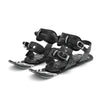
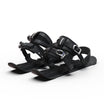
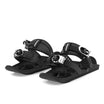

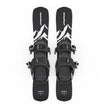
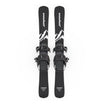

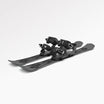
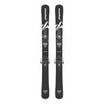

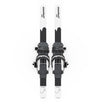





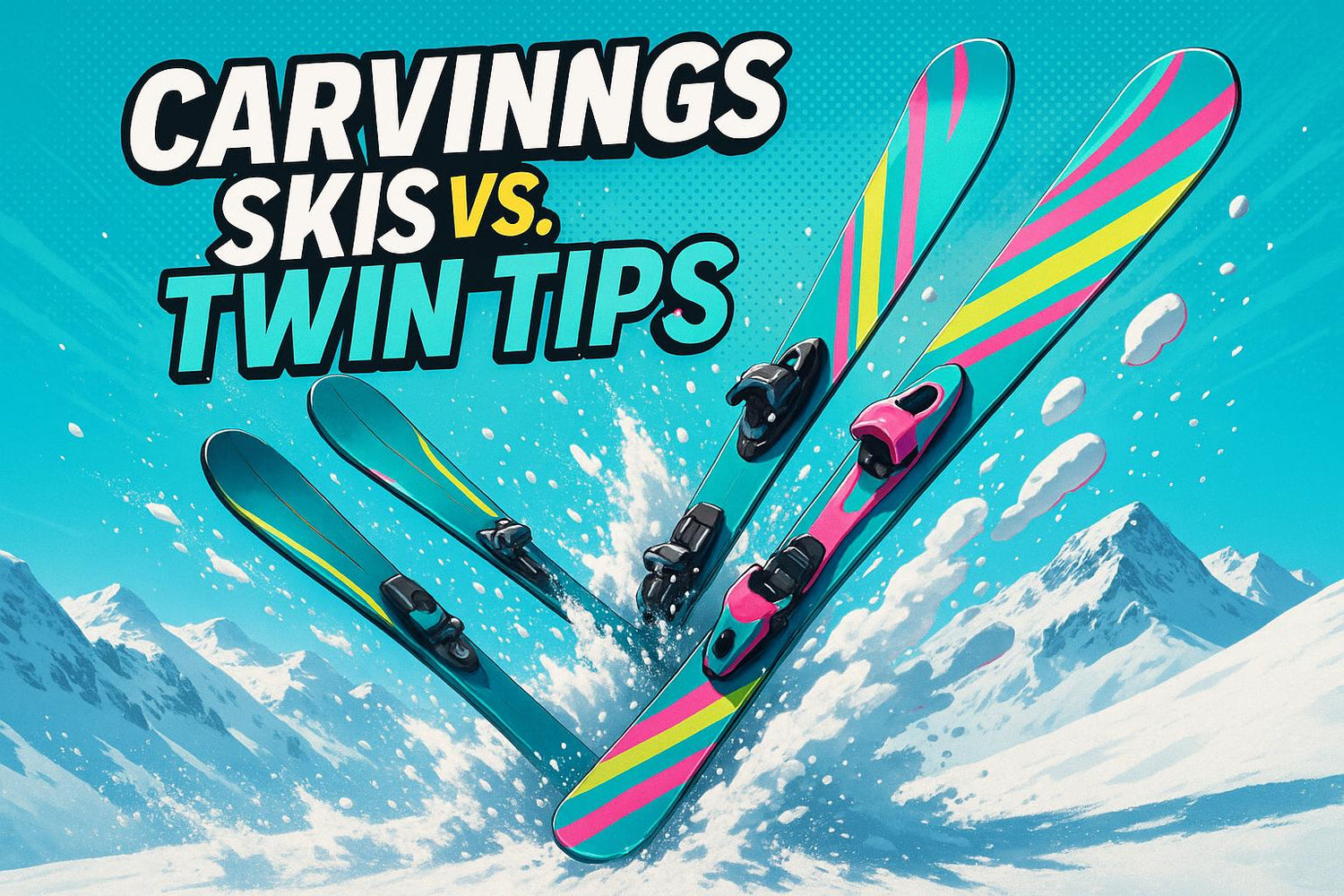
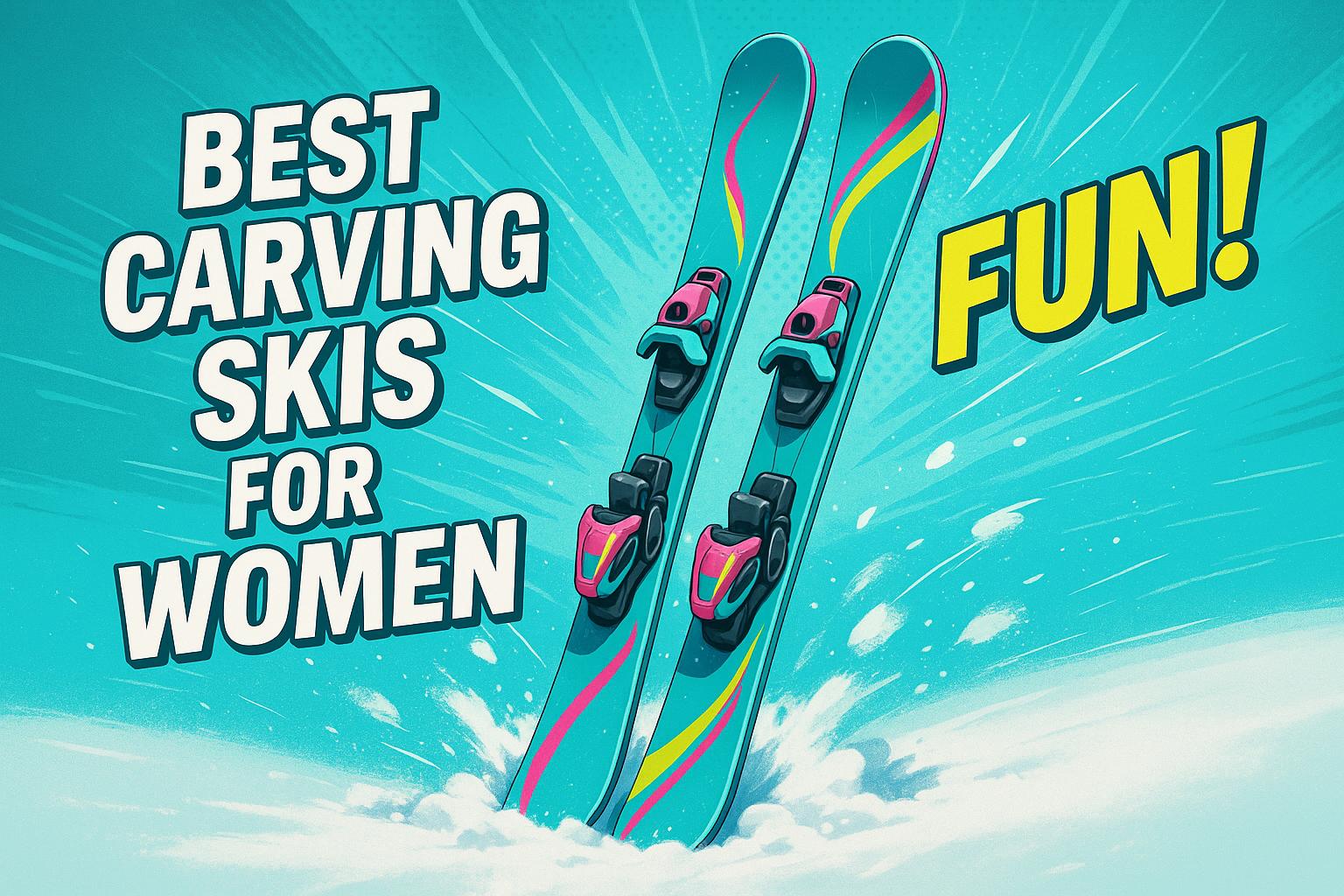
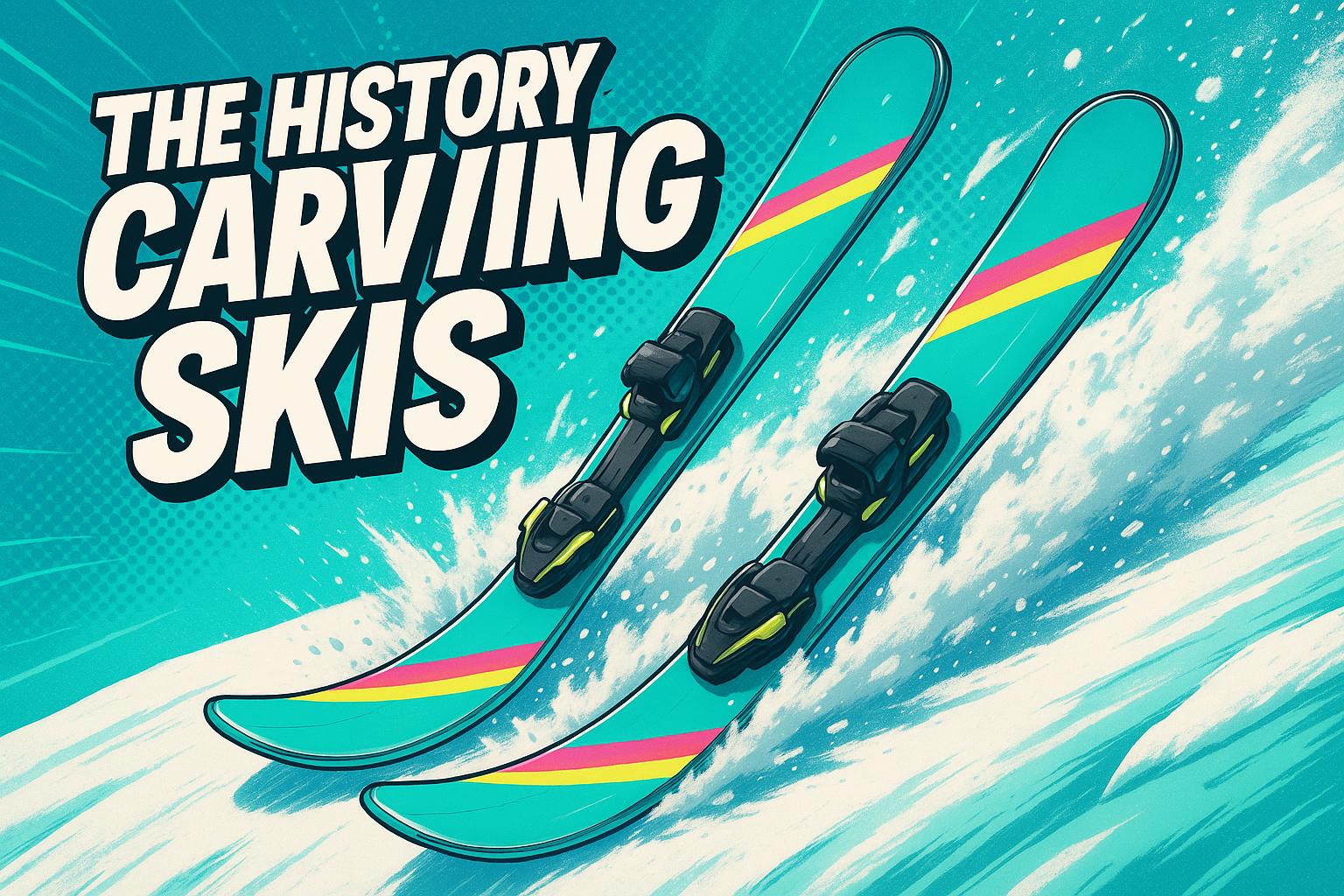
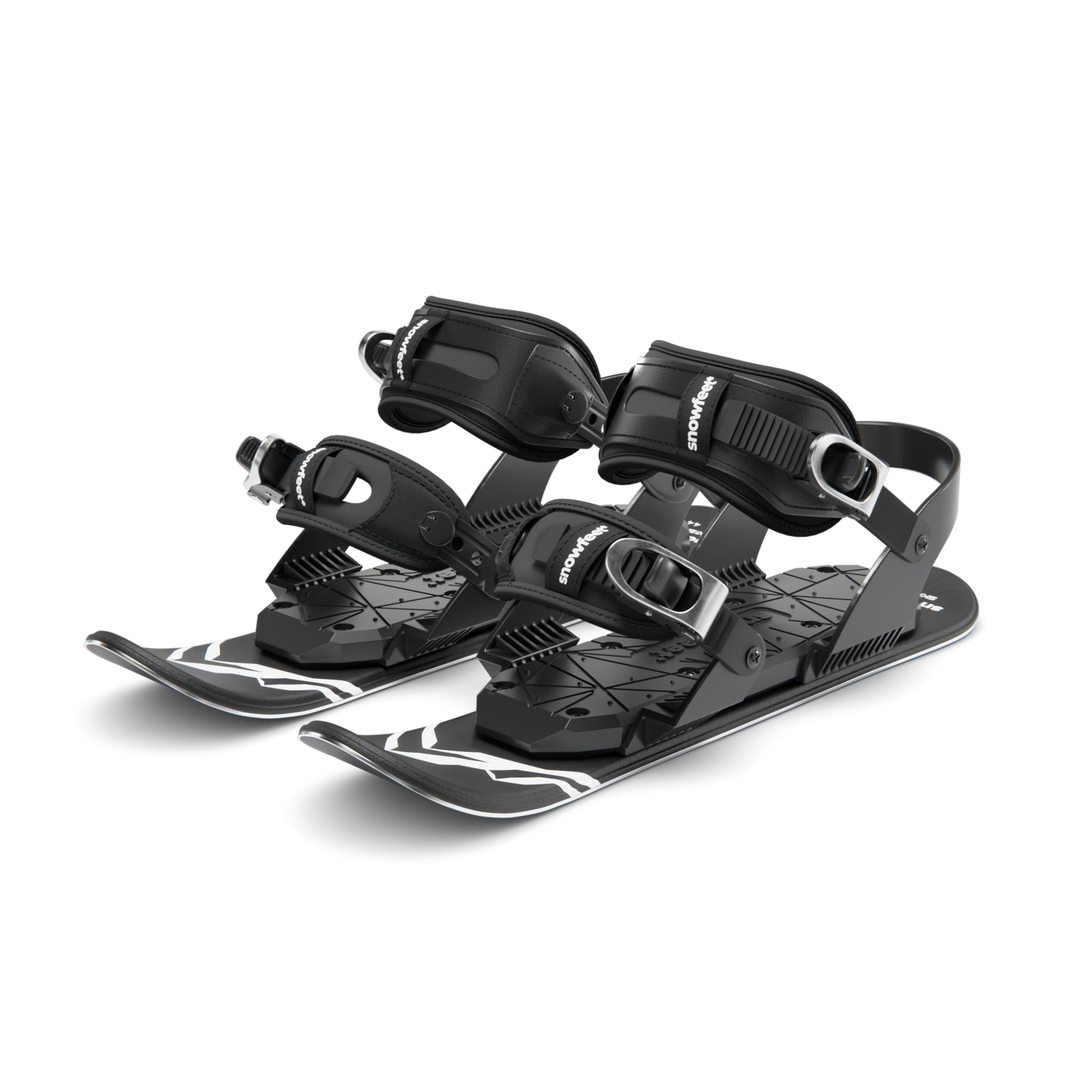

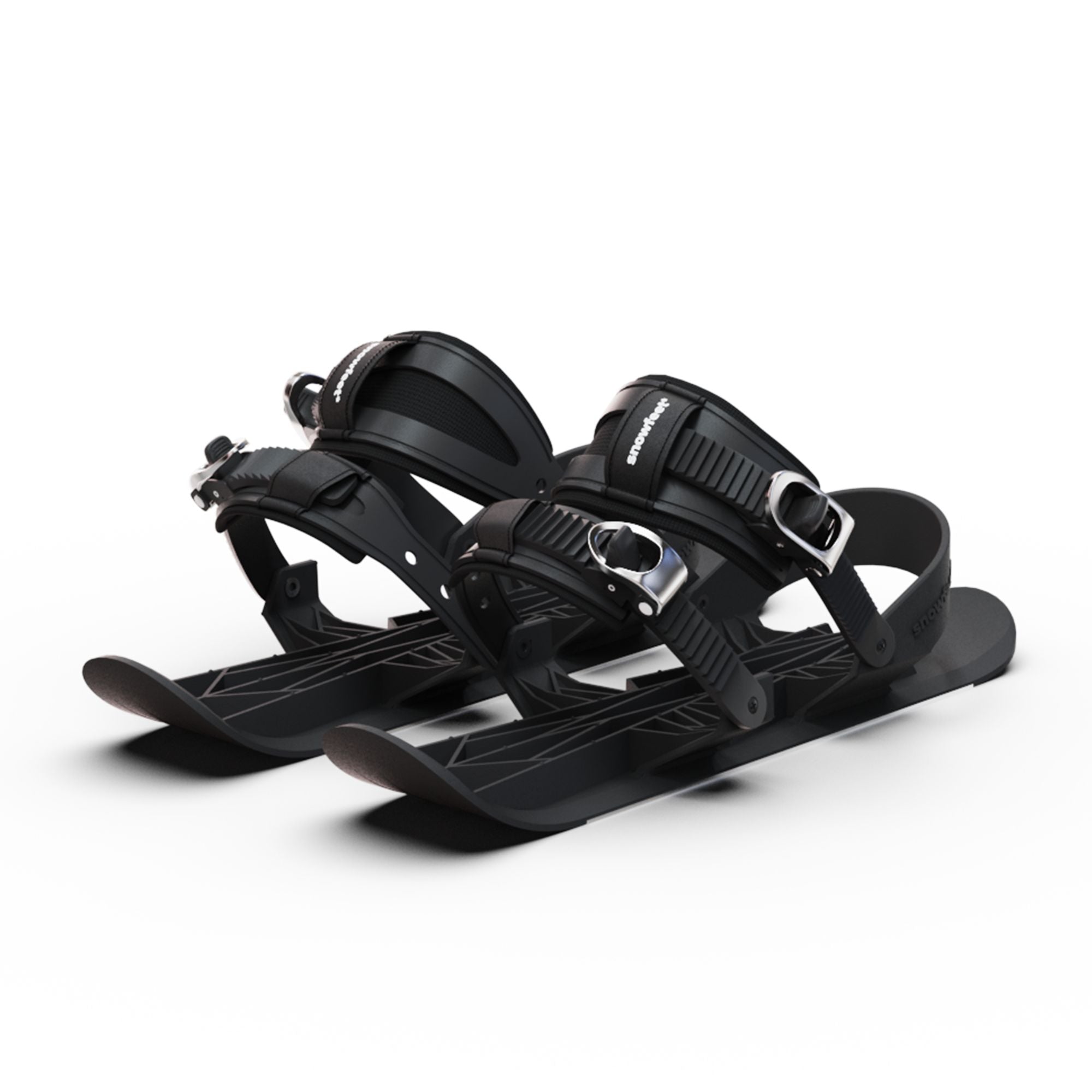
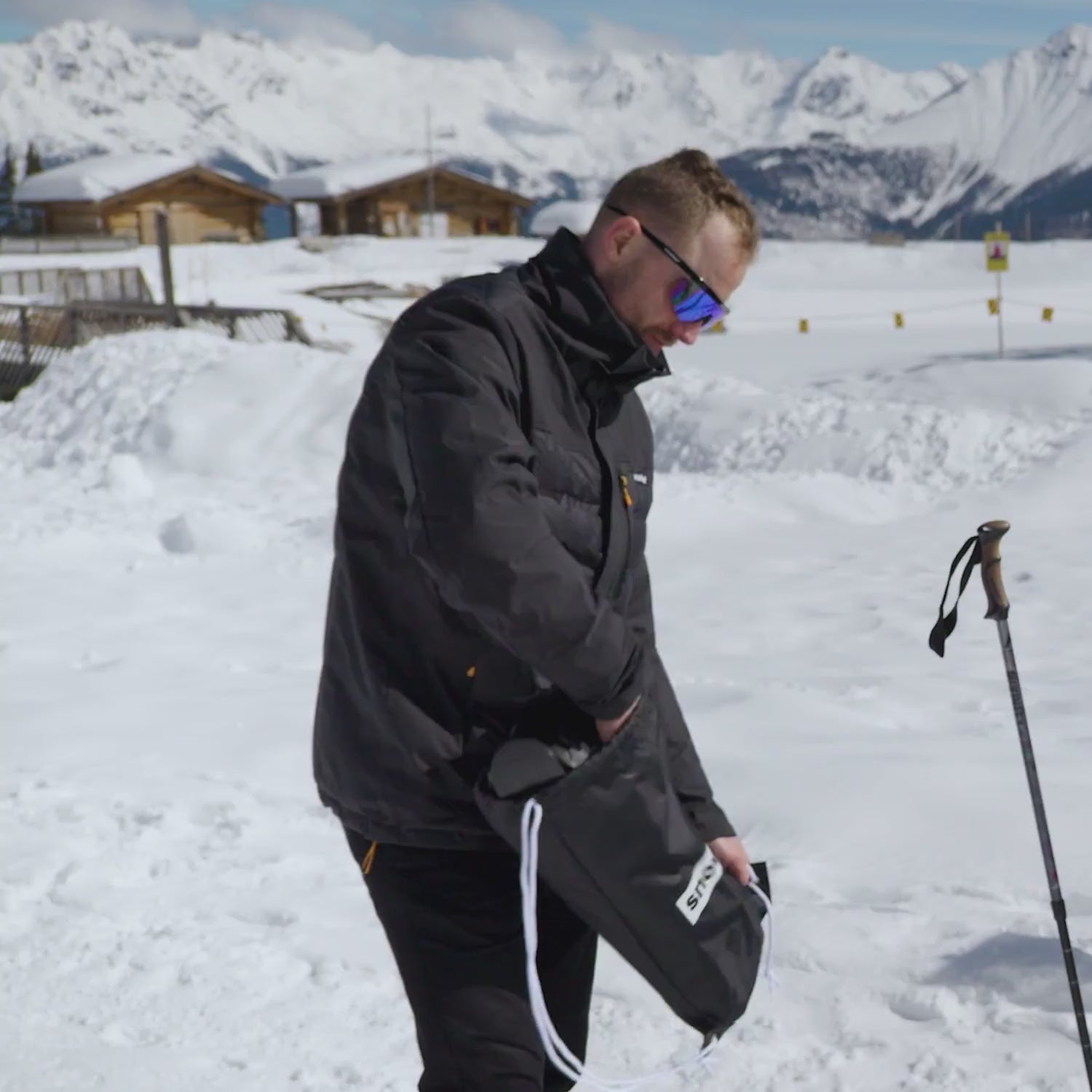
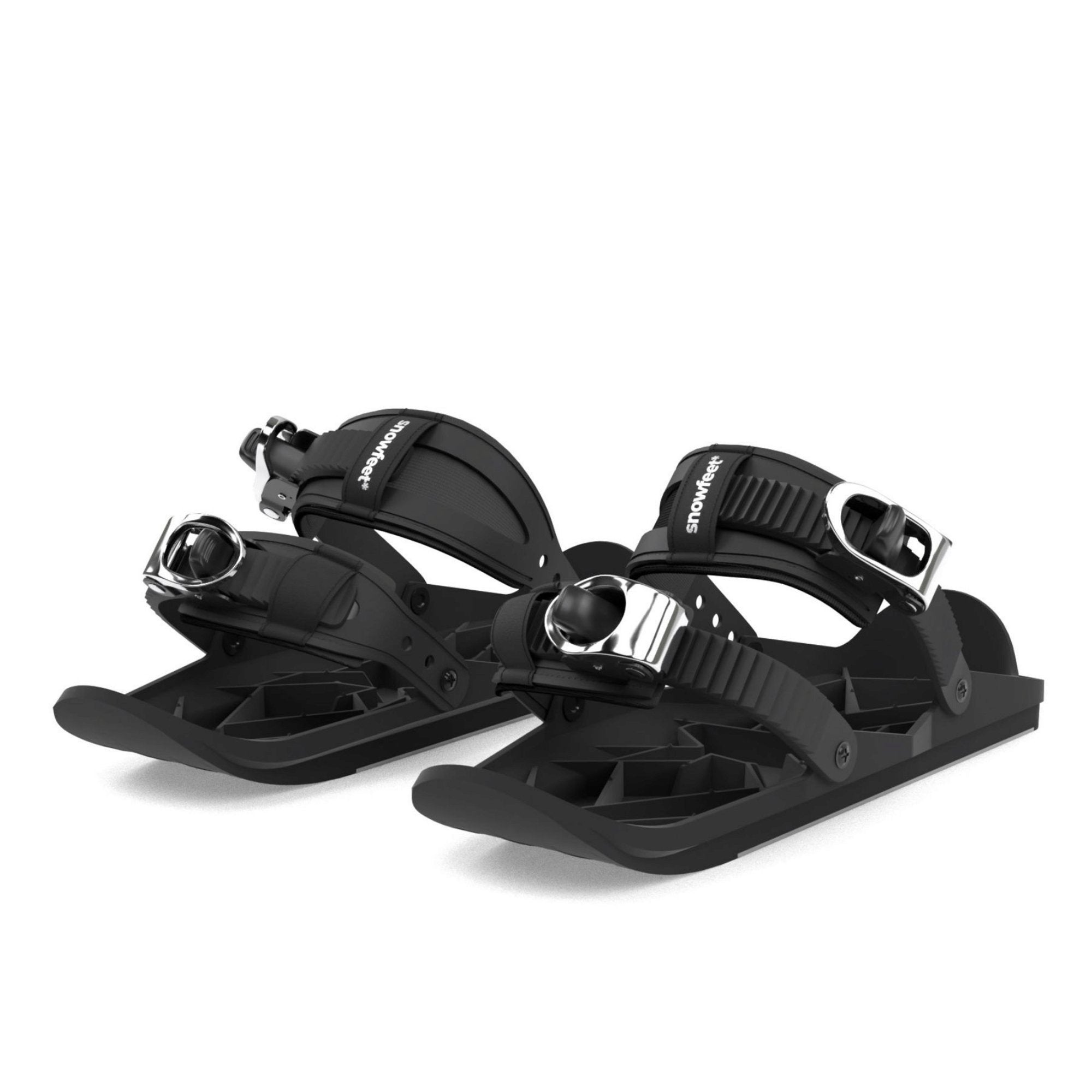
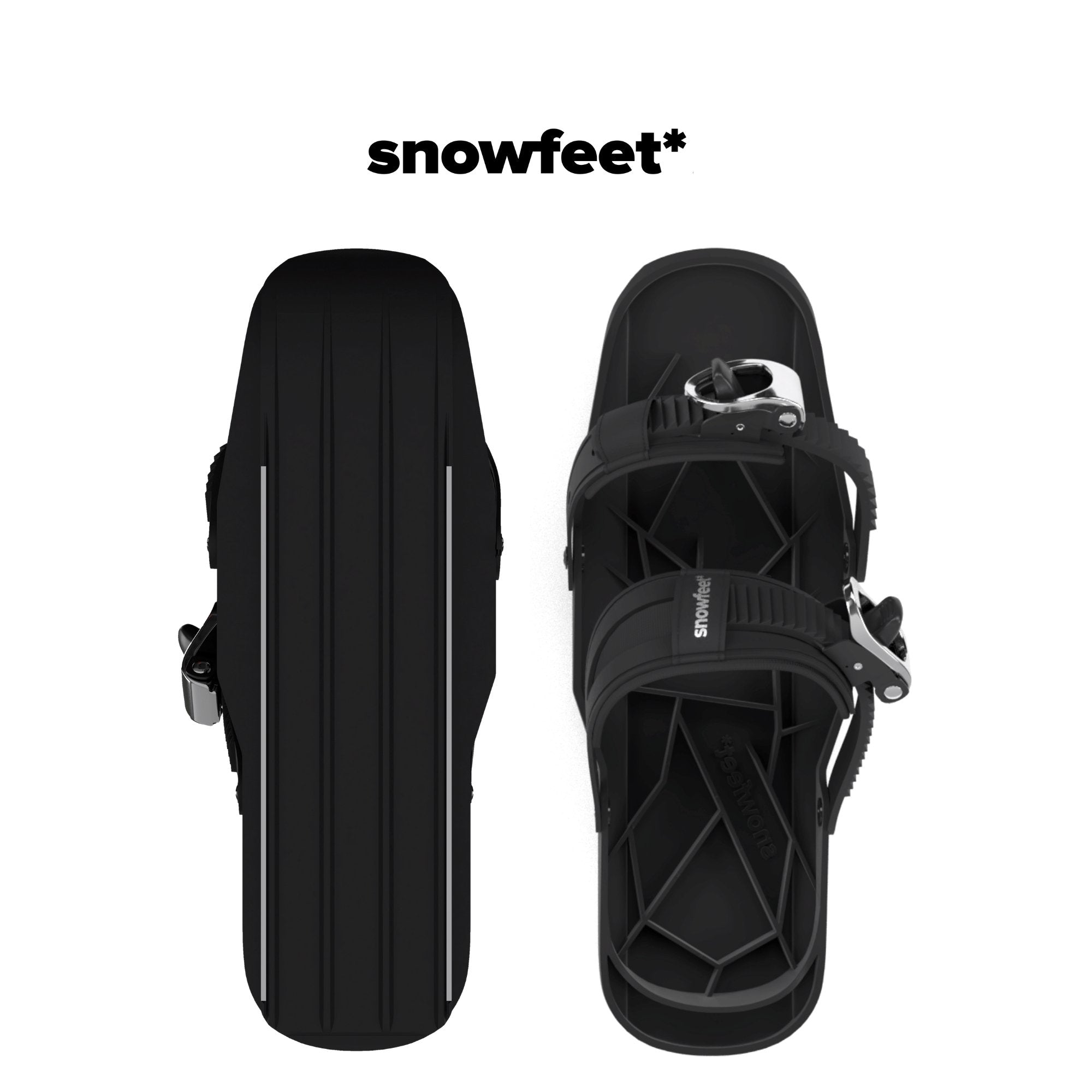
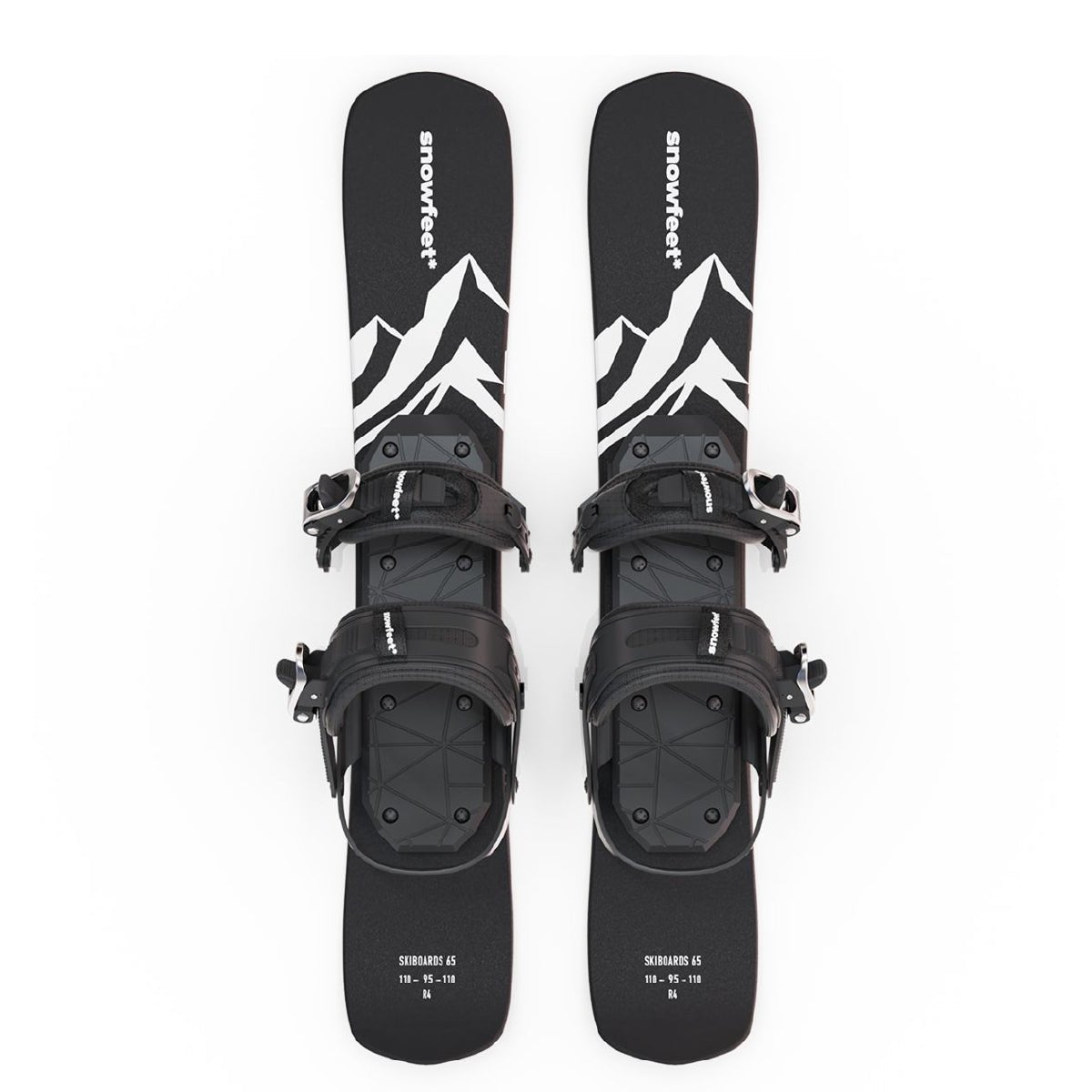
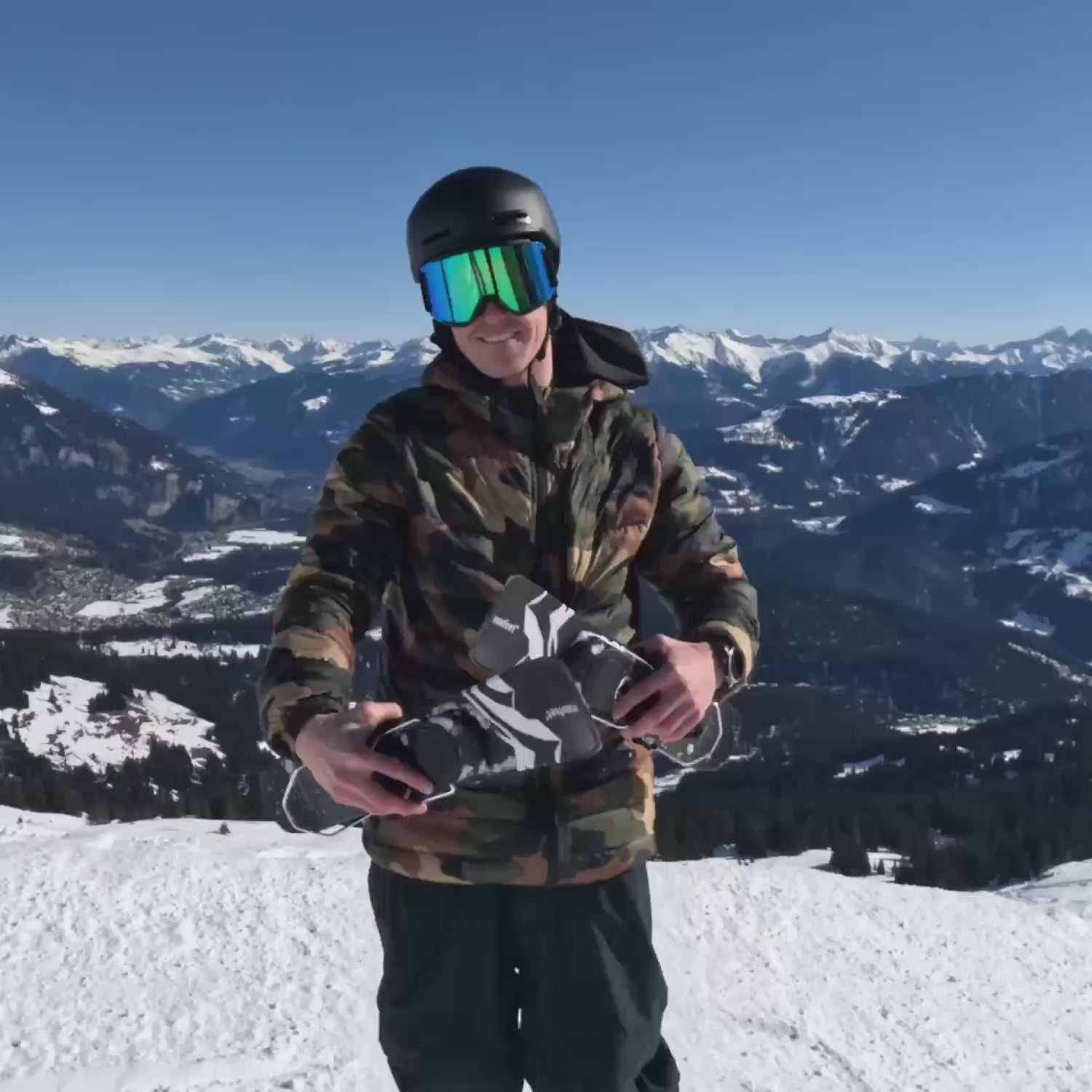
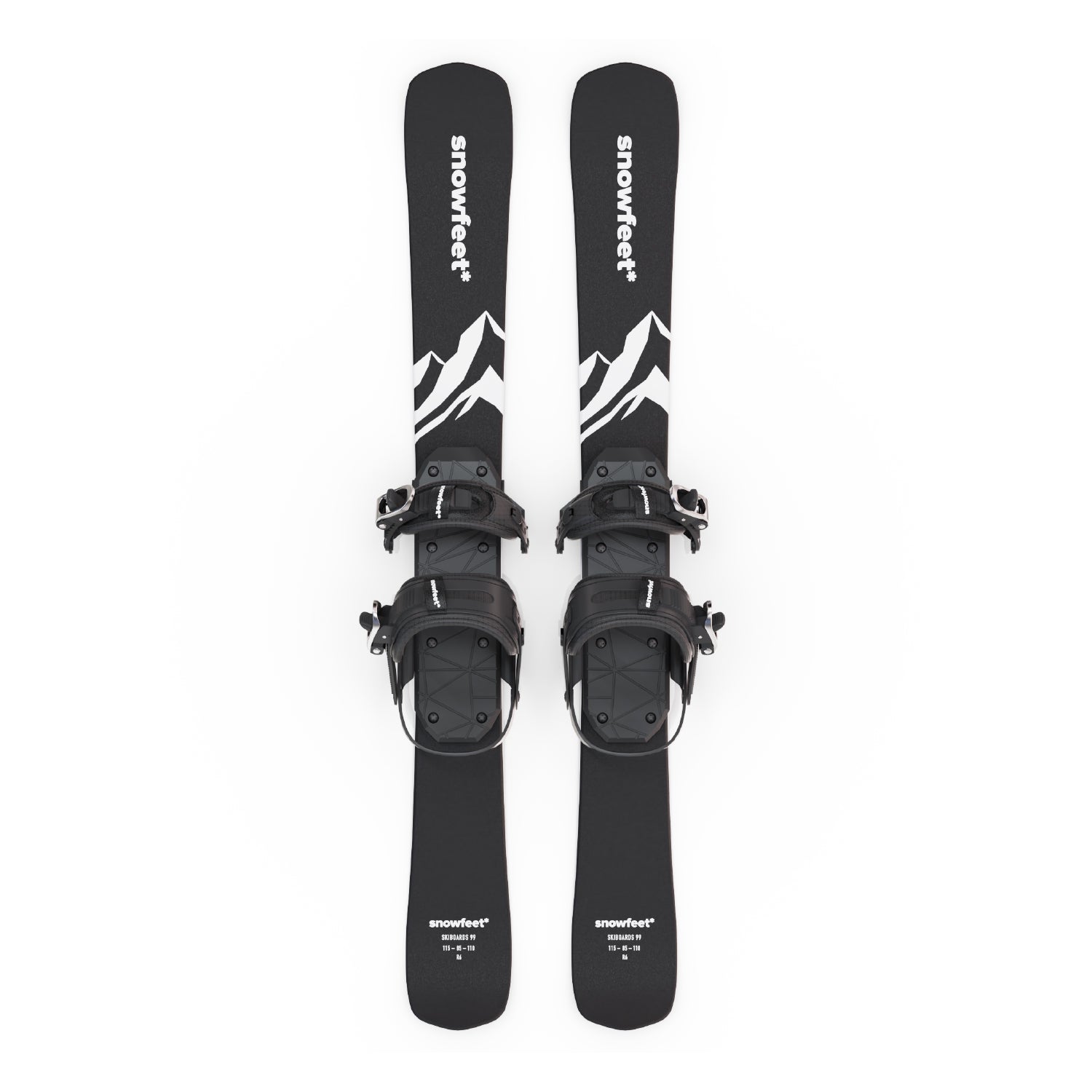
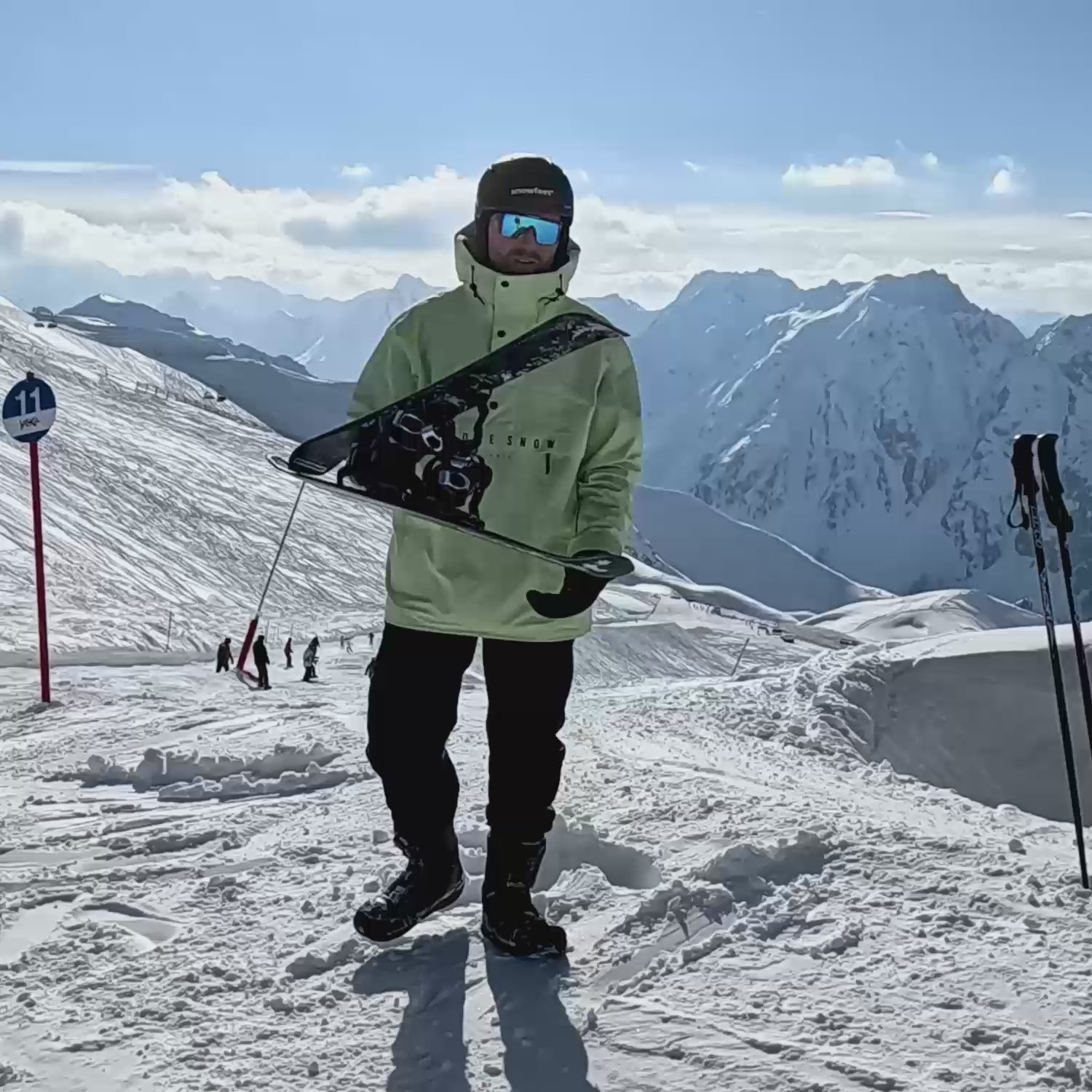
Lascia un commento
Questo sito è protetto da hCaptcha e applica le Norme sulla privacy e i Termini di servizio di hCaptcha.